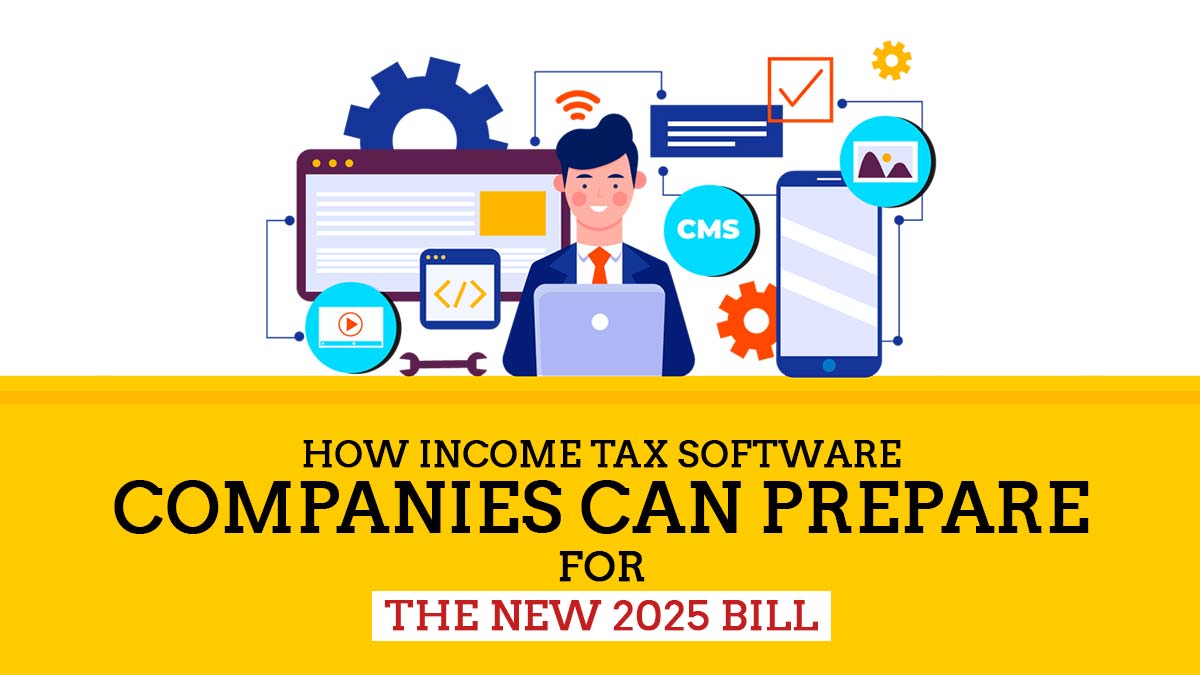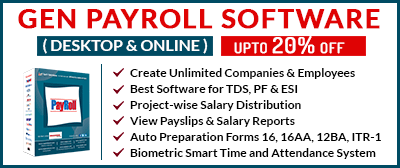
Numerous HR procedures can be quite tedious, draining your energy without providing significant value. As an HR professional, if you had the chance, which processes would you prefer to see automated? Think about those tasks that require minimal thought and feel like repetitive chores, ones you’ve performed countless times with minor variations, typically limited to an employee’s name and ID. Which tasks make you believe that they could be efficiently handled by a machine, saving you valuable time?
For many HR professionals, the daily to-do list seems never-ending. From recruitment and onboarding to policy updates, communication, and appraisal cycles, the workload is substantial. Nonetheless, certain aspects of these processes involve basic, repetitive actions, such as data copying from one source to another. These are prime candidates for automation. Ideally, Human Resource (HR) professionals should focus on leveraging their knowledge and experience to enhance the overall employee experience, ensure compliance with labour laws, and contribute to business growth.
Top 6 HR Procedures That Have to be Automated
Numerous HR processes can be streamlined through automation. Below, we outline some of the time-consuming and crucial HR processes that should be automated within the typical HR process cycle.
Accurate Time and Daily Attendance Tracking
Submitting leave requests through paper letters in offline applications is a laborious and ineffective approach, often leading to the unavailability of essential employee leave data when needed. These letters necessitate approvals from both managers and the HR team. By automating this process, which encompasses recording employee work hours, calculating overtime, and monitoring time-off requests, the following advantages can be realized:
- Streamlining the manual tracking process through touchless attendance solutions eliminates the complexities associated with traditional methods, leading to enhanced precision and reliability in monitoring employee hours and attendance.
- The laborious tasks of manual data entry and timesheet reconciliation are replaced by automation, resulting in heightened efficiency and cost-effectiveness.
- The implementation of such systems ensures better adherence to labour laws and regulations, guaranteeing the accurate tracking of overtime, breaks, and other legal requirements.
- Automation offers a heightened level of insight into employee attendance and productivity by delivering real-time reports and analytics on work hours, leaves, and adherence to office timings.
- Payroll processing is simplified as the system automatically calculates and exports employee work hours to the payroll system.
- Automation extends its advantages to remote employees, allowing for attendance monitoring from anywhere through web-based or mobile-based platforms.
- The responsibility of employees is strengthened, and managerial burdens are lightened through the automated dispatch of notifications to employees regarding missed punches, late arrivals, and early departures.
Job Hiring Process
These processes encompass tasks such as posting job openings, assessing resumes, coordinating interview schedules, and dispatching offer letters. The advantages of automating these processes include:
Read Also: Gen Payroll: Affordable HR & Business Management Software
- Enhanced efficiency and accelerated candidate profiling from the database. This becomes particularly advantageous when dealing with a high volume of job applications for a single posting.
- An automated system, based on predefined criteria, diminishes or even eliminates any potential recruiter bias in the hiring process.
- Substantial cost savings due to the reduction of repetitive tasks performed by HR personnel, thanks to automation.
- Automation leads to a more seamless and efficient application process, vastly enhancing the overall candidate experience.
- Automated systems can generate metrics and provide valuable insights, fostering data-driven decision-making when evaluating candidates.
Employee Onboarding Work
This entails tasks such as dispatching new hire paperwork, scheduling orientation sessions, and configuring employee accounts. The advantages of employing employee onboarding software for automation are as follows:
- Enhanced Efficiency and Speed: The adoption of onboarding software significantly enhances the speed and efficiency with which new hire paperwork and background checks are completed. The system swiftly and accurately processes and verifies the provided information.
- Improved Accuracy, Completeness, and Compliance: Automation streamlines the collection of information and data from new hires, resulting in heightened accuracy, completeness, and compliance with regulations and company policies.
- Cost and Effort Savings: The manual verification of forms for data accuracy and completeness, a task previously handled by HR staff, becomes unnecessary, leading to cost and effort savings.
- Enhanced New Hire Experience: Automation paves the way for a more efficient and streamlined onboarding process, ultimately improving the experience for new hires.
- Consistency and Standardisation: All new hires benefit from a consistent and standardised onboarding process, ensuring that they receive the same information and training.
- Enhanced Data Security: Direct storage of data in a centralised database enhances data security, reducing the risk of sensitive information being left on paper or in less secure formats.
- Automatic Progress Tracking: The software enables the automated tracking of new hire progress throughout the onboarding process, allowing for the monitoring of compliance with company policies and procedures.
Payroll and Compensation
Automating the payroll and compensation process offers numerous advantages over manual methods, as it streamlines tasks such as pay distribution, tax processing, and compensation tracking. These benefits include:
- Enhanced Efficiency and Accuracy: The foremost advantage is the heightened efficiency and precision in calculating and disbursing employee salaries. Automated systems swiftly and reliably process and verify information from diverse sources, such as work hours, leaves, and variable pay.
- Improved Data Security: Payroll information is highly sensitive and should not be left vulnerable on paper. Employing an automated system bolsters data security by storing and retrieving data based on user roles with appropriate permissions, reducing the risk of unauthorised access.
- Cost Savings: Payroll automation is a cost-saving endeavour. The significant time and effort expended by HR personnel on manual payroll tasks every month are considerably reduced.
- Enhanced Employee Experience: Automation provides employees with increased self-service options, allowing them to conveniently review their payslips and access essential information at their discretion, contributing to a positive workplace experience.
- Regulatory Compliance: Automated systems ensure better adherence to regulations and laws by guaranteeing the timely payment of all required taxes and forwarding necessary confirmations to government departments like income tax and provident fund.
- Transparency: Automation leads to improved transparency as the system offers detailed insights into pay and compensation, enabling employees to access their salary history.
- Automation enhances more suitable reporting abilities that consequences in and enable budget planning precisely.
- Automated calculations consisting of tax and other deductions decrease the risk of errors and ensure compliance with the regulations.
Important: Gen Payroll Software Full Version Free Download in India
Employee Training and Skill Development
The primary tasks of this process involve monitoring the advancement of employee training and development and generating reports. Implementing automation can yield various advantages, which include:
- Enhanced Efficiency and Scalability: Automation leads to increased efficiency and scalability in delivering training and development programs. The system can swiftly and accurately deliver training materials and monitor progress, ensuring that these programs can be efficiently extended to a larger workforce.
- Enhanced Transparency: The system enhances transparency by offering detailed information about training and development opportunities. Employees can access their training history, fostering a clearer understanding of their developmental journey.
- Consistency and Standardisation: The automated system ensures greater consistency and standardisation in the training and development process. It guarantees that all employees receive the same training materials and have their progress tracked uniformly.
- Self-Service Options for Employees: Employees benefit from increased self-service options, with the system providing access to training materials and allowing employees to monitor their progress, enabling them to complete training at their own pace.
- Improved Tracking and Reporting: Automation equips the process with advanced tracking and reporting capabilities, supplying real-time data on employee training progress. This data aids in budgeting and forecasting for future training initiatives.
- Automated Notifications and Reminders: The system can automatically send notifications and reminders to employees, ensuring their compliance with company policies and regulations by prompting them to complete their training promptly.
Employee Performance Evaluations
When carried out manually once a year, the process becomes a challenging endeavour for all parties involved. This involves establishing goals at the start of the year, monitoring progress, and conducting year-end reviews. Nevertheless, automating the performance evaluation process yields numerous advantages, notably fostering a shift towards continuous feedback throughout the year.
- Enhanced efficiency and precision in gathering and analysing employee performance data are achieved since the system is constantly updated throughout the year. This eliminates the need to rely on memory or search for handwritten notes or old emails.
- The evaluation process witnesses a noticeable enhancement in consistency and standardisation. Specific objectives can be automatically disseminated to all staff without manual input. This ensures that all employees are evaluated against the same criteria and that evaluations are conducted promptly.
- Transparency is greatly increased since both managers and employees document all information. Detailed performance data can be accessed, allowing employees and managers to track progress over time.
- As with any automated system, there are cost savings in terms of reduced effort and the reduced necessity for HR staff to mediate disputes between managers and their direct reports. When data is consistently available and performance is discussed regularly, the likelihood of disagreements decreases.
- The system facilitates real-time feedback and permits more frequent and regular feedback discussions. This significantly improves communication between employees and management, leading to a more open and trustworthy workplace.
- The evaluation process benefits from improved objectivity and reduced bias, as the system enables the establishment of objective criteria for evaluating employee performance, as opposed to relying on the subjective judgment of the reviewer.
- Enhanced tracking and reporting capabilities are realised as the system provides real-time data on employee performance, aiding in budgeting and forecasting.
Closure: Does your wish list comprise such a process? What other chores did you learn? With any or all of such processes, companies could save time, lessen errors, and rectify the efficiency of their HR department through the process of automation.
In the industry, there are different software available in the market but Gen Payroll HR management software is extensively used for its powerful features. A comprehensive database of employees, on-demand pay slips, filing of PF and ESI, and employee dashboards are all features of the system.
Aside from customizing salary arrangements based on different timeframes, Excel data can also be imported/exported, and mass emails can be sent. Corporate executives and HR experts have praised the programme, which is an ideal way to manage compliance.
Adaptable to the needs of any institution, the package is versatile. A free demo is available to interested users of the desktop and online software solutions.









